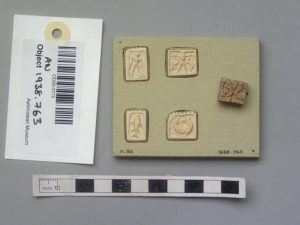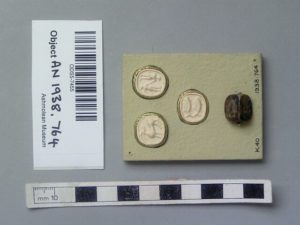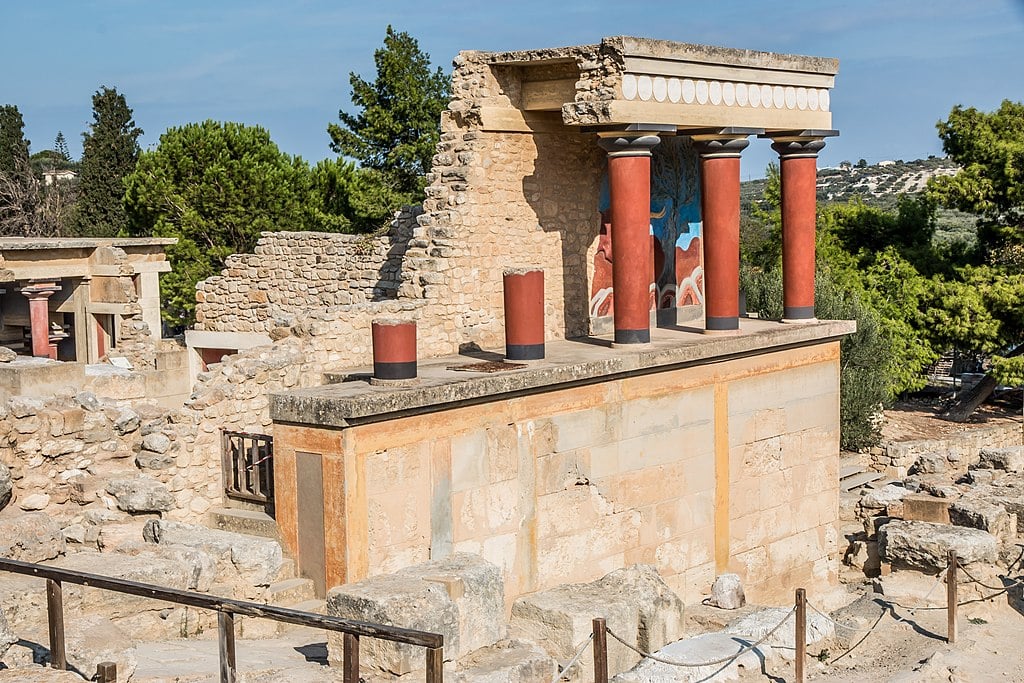
According to a curator at the Ashmolean Museum in Oxford, England, former museum keeper and renowned archaeologist Sir Arthur Evans, lobbied authorities of Crete to allow him to export artifacts he found while excavating the Minoan Palace of Knossos back to Britain.
Due to the influence of Sir Arthur Evans, who was appointed keeper of the Ashmolean in 1884, the museum has the largest collection of Minoan artifacts outside of Crete.
According to the University of Oxford, Evans transformed the Ashmolean into an “archaeological museum of international importance and a first-rate research institution” during his twenty-five years as keeper.
Sir Arthur Evans and His Travels
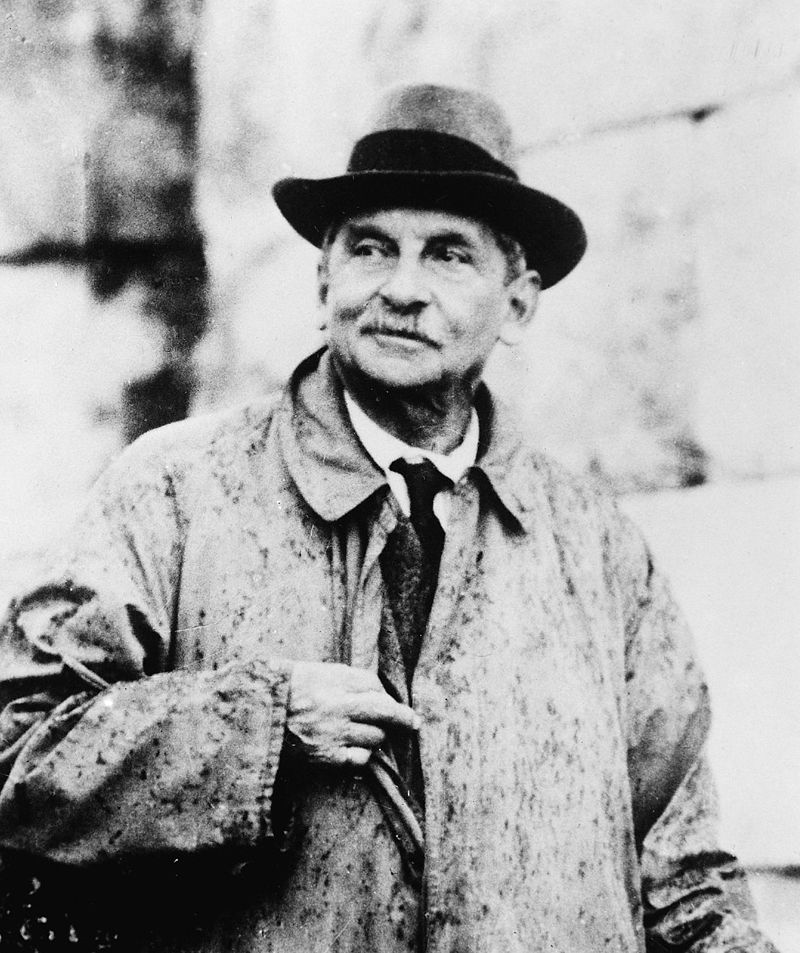
The collections of the museum grew considerably under his keepership, both through his purchasing of objects at two thousand a year, according to the university, and by addition of his own collected artifacts during his time as a roaming archaeologist across Europe and beyond.
Between 1894 and 1899, he spent time traveling around Crete, searching for evidence of pre-alphabetic writing in the Aegean. The search led to the discovery of three systems of writing that Evans named Cretan Hieroglyphic, Linear A, and Linear B.
Between 1900 and 1931, he conducted excavations at Knossos, employing both Christian and Muslim Cretans, according to Brown University in the US. These excavations brought to light the largest palace site known to date in the Aegean—the Minoan palace of Knossos.
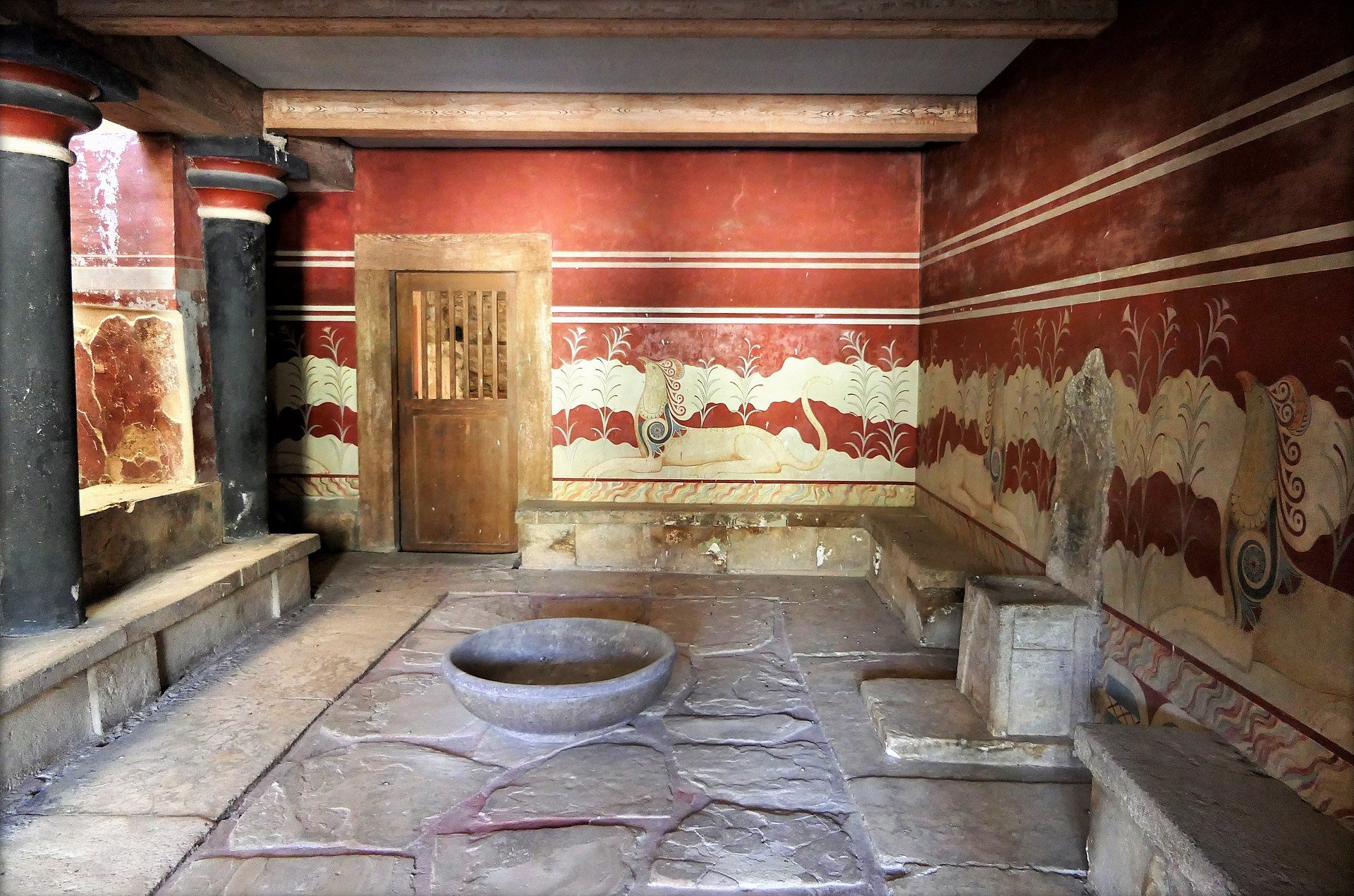
Evans originally took over excavations from local archaeologist Minos Kalokairinos, who discovered the site in 1878.
Andrew Shapland, Sir Arthur Evans Curator of Bronze Age and Classical Greece at the Ashmolean Museum, said:
“Before 1898, Crete was under the control of the Ottoman Empire. When Minos Kalokairinos discovered the palace in 1878, his fellow Cretans stopped his excavations to prevent finds being taken to the Ottoman capital at Constantinople.
To protect the site of Knossos, the Cretan authorities encouraged Arthur Evans to buy part of the land—but not to begin excavating. Meanwhile Evans, taking advantage of the political turmoil, was able to buy antiquities for the Ashmolean on his travels around the island.
When Crete became independent, Evans lobbied for new laws allowing him to excavate at Knossos and export finds. Even then, he was only permitted to request [artifacts] that were not wanted by Cretan museums.”
Evans did haul back many Minoan artifacts from Crete to England, where he presented them to the Ashmolean Museum as part of his ‘personal collection.’ These included a number of stamp seals, figurines, and pottery fragments.
Evans presented the majority of his Minoan collection to the museum in 1938, including a seal depicting a cow and a Minoan demon from the late Minoan period (c.1450 – c.1050 BCE).
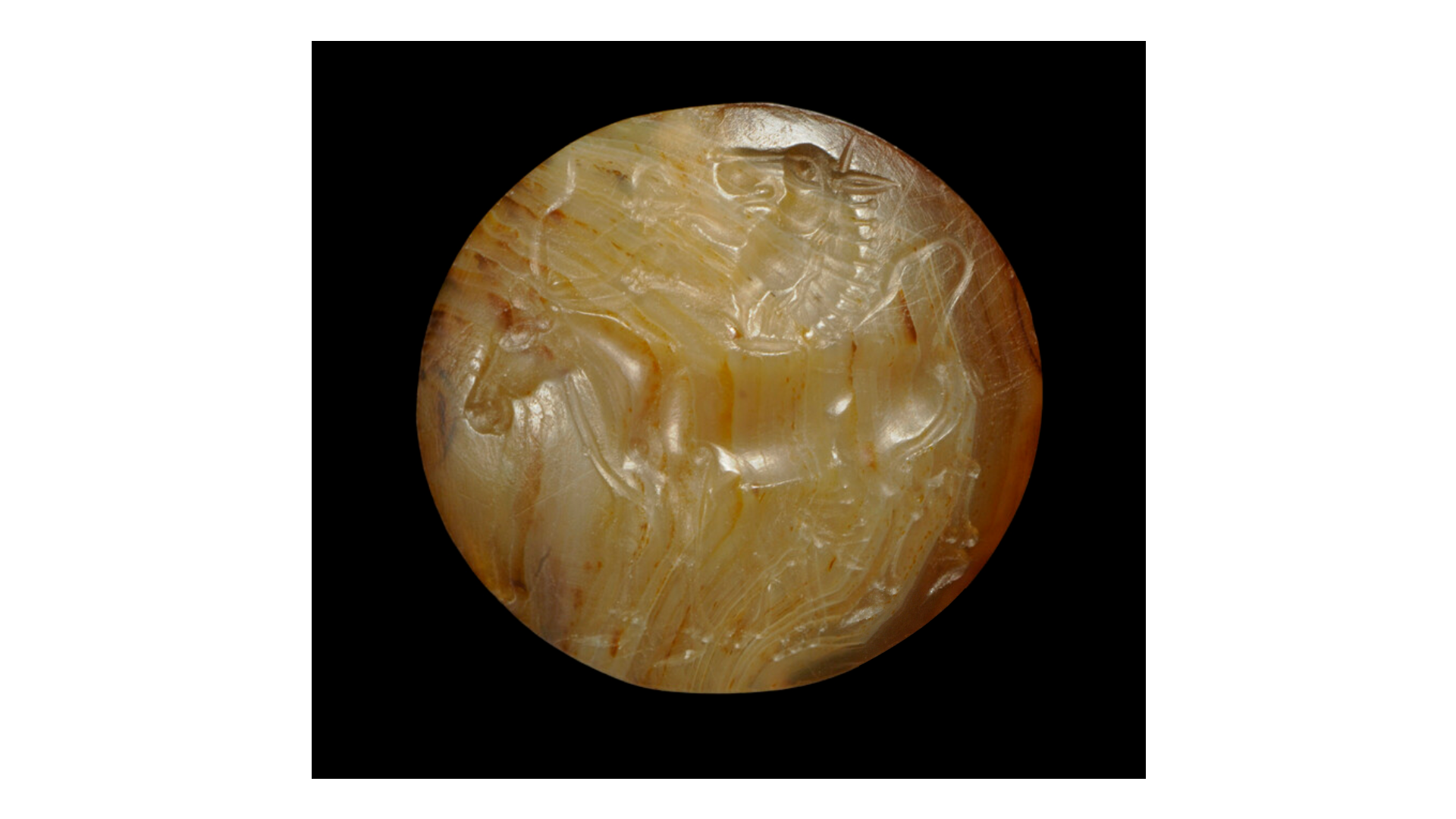
An early Minoan-style ceramic jug from the middle Minoan period of around 2000 to 1900 BCE can be seen below.
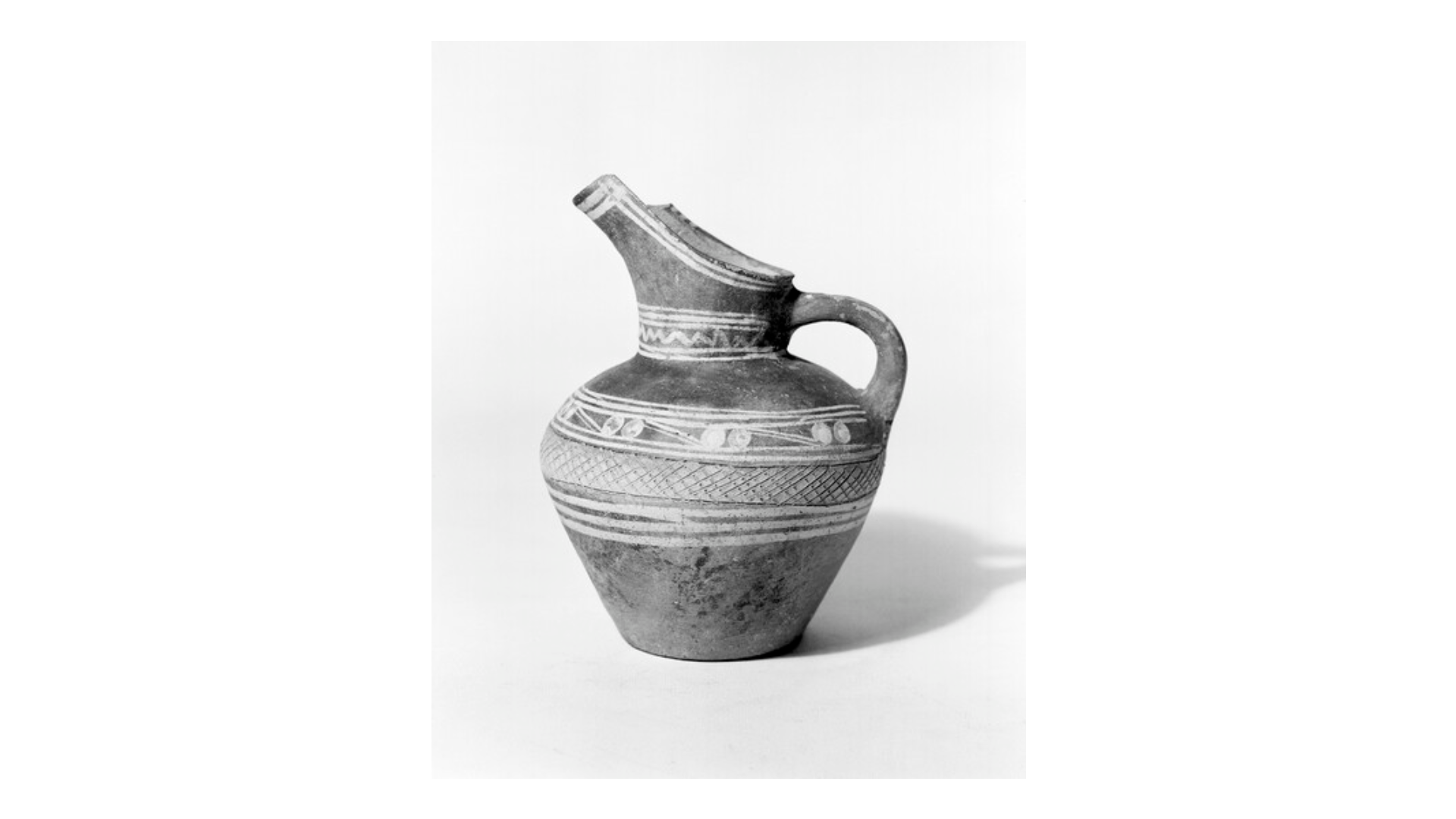
The archaeologist and keeper also presented a stone, cylinder-shaped seal from the late Minoan period.
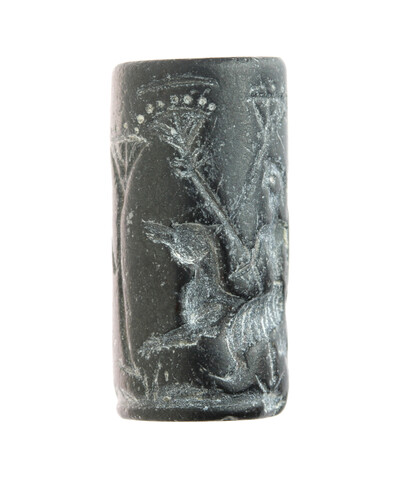
A selection of Minoan stone and gem stamps from the early and mid-Minoan periods were added to the museum’s collection in 1938, too.
Perhaps among the most eye-catching of the items is the bronze figurine from the middle Minoan period that Evans presented to the museum. This item was presented much earlier than the others listed here in 1894.
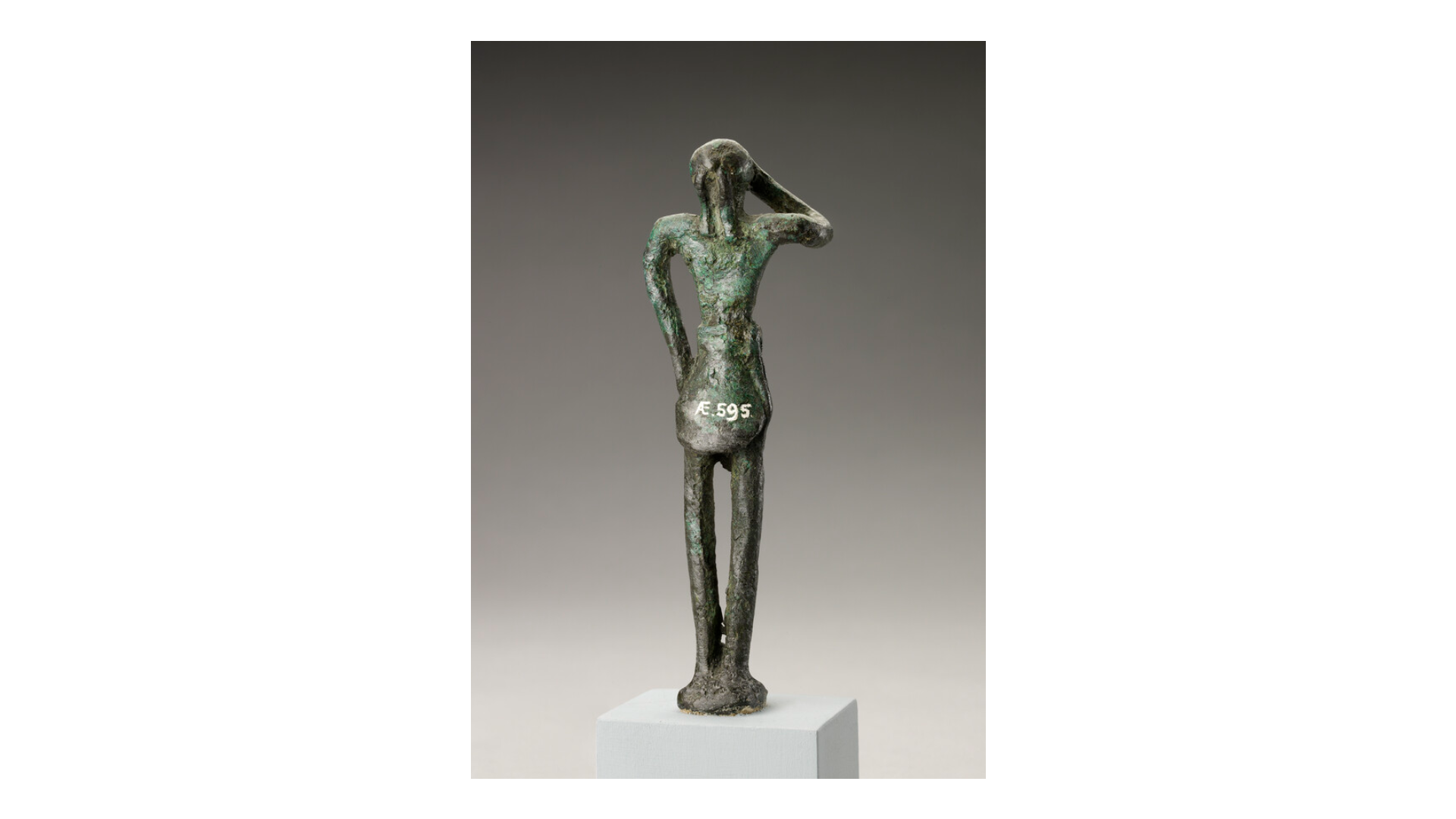
The list of items shown here is not exhaustive. Evans brought many more Minoan artifacts back to Britain with him from Crete.
Evans’ father, John Evans, was also a distinguished archaeologist, and, after his death in 1908, Evans presented his father’s collection to the Ashmolean.
See all the latest news from Greece and the world at Greekreporter.com. Contact our newsroom to report an update or send your story, photos and videos. Follow GR on Google News and subscribe here to our daily email!



